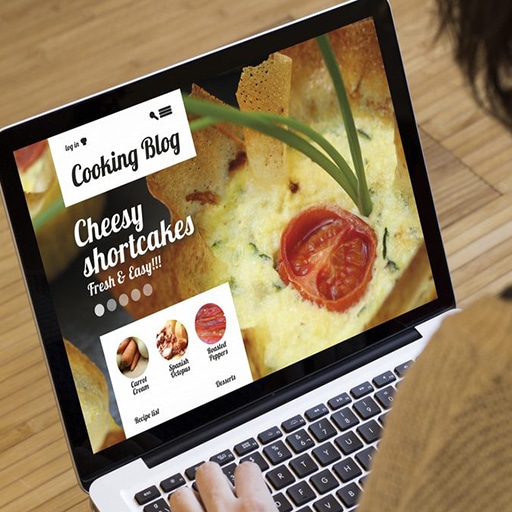To build a recipe sharing website with Ruby on Rails, you can follow these steps:
1. Set up your development environment:
– Install Ruby on your machine.
– Install Rails using the command `gem install rails`.
– Install a database system like PostgreSQL or MySQL.
2. Create a new Rails application:
– Open your terminal and navigate to the desired directory.
– Run the command `rails new recipe-sharing-website` to create a new Rails application.
3. Generate the necessary models and controllers:
– Run the command `rails generate model Recipe title:string description:text` to create a Recipe model with title and description attributes.
– Run the command `rails generate model Ingredient name:string` to create an Ingredient model with a name attribute.
– Run the command `rails generate model RecipeIngredient recipe:references ingredient:references quantity:string` to create a join table between recipes and ingredients.
4. Set up the database:
– Run the command `rails db:create` to create the database.
– Run the command `rails db:migrate` to run the database migrations and create the necessary tables.
5. Define the associations between models:
– Open the `app/models/recipe.rb` file and add the following associations:
“`ruby
has_many :recipe_ingredients
has_many :ingredients, through: :recipe_ingredients
“`
– Open the `app/models/ingredient.rb` file and add the following associations:
“`ruby
has_many :recipe_ingredients
has_many :recipes, through: :recipe_ingredients
“`
– Open the `app/models/recipe_ingredient.rb` file and add the following associations:
“`ruby
belongs_to :recipe
belongs_to :ingredient
“`
6. Generate the necessary views and controllers:
– Run the command `rails generate controller Recipes` to create a Recipes controller.
– Open the `app/controllers/recipes_controller.rb` file and define the necessary actions (e.g., index, show, new, create, edit, update, destroy).
7. Define the routes:
– Open the `config/routes.rb` file and add the following routes:
“`ruby
resources :recipes
“`
8. Implement the views:
– Create the necessary view files in the `app/views/recipes` directory (e.g., index.html.erb, show.html.erb, new.html.erb, edit.html.erb).
9. Implement the controller actions:
– Open the `app/controllers/recipes_controller.rb` file and define the actions to handle the CRUD operations (e.g., index, show, new, create, edit, update, destroy).
10. Implement the necessary forms:
– Create the necessary form partials in the `app/views/recipes` directory (e.g., _form.html.erb).
11. Implement the necessary logic for adding ingredients to recipes:
– Update the `app/views/recipes/_form.html.erb` file to include a form field for adding ingredients.
– Update the `app/controllers/recipes_controller.rb` file to handle the creation of recipe ingredients.
12. Implement any additional features you want for your recipe sharing website, such as user authentication, search functionality, or rating system.
13. Test your application:
– Run the command `rails server` to start the Rails server.
– Open your web browser and navigate to `http://localhost:3000` to see your recipe sharing website in action.
These steps should give you a basic structure for building a recipe sharing website with Ruby on Rails. You can customize and enhance the functionality according to your specific requirements.
